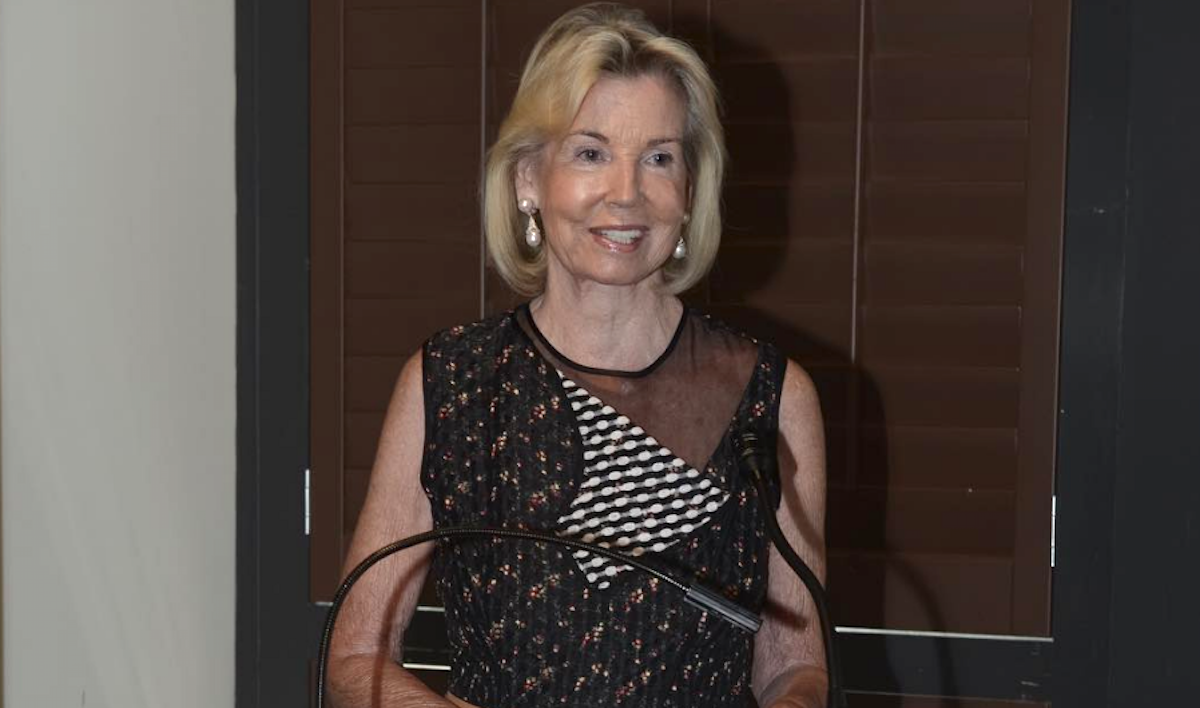Hilary Weston, whose discerning eye and quiet generosity shaped Canada’s cultural landscape, has died at 83. A business leader, philanthropist and former Lieutenant Governor of Ontario, she was equally revered in the art world for her support of artists and institutions.
Born Hilary Frayne in Ireland, she married retail magnate Galen Weston in 1966, and together they cultivated one of the most significant private art collections in North America. But for Weston, collecting was never just about acquisition—it was an act of stewardship. The couple’s Toronto residence, transformed into the private Weston Family Art Museum, a centrepiece for modern and contemporary masterpieces, from Lucian Freud’s portraits to bold works by contemporary Canadian artists. Though the collection remained private, its influence was far-reaching. Weston’s patronage extended to major institutions, including the Art Gallery of Ontario (AGO), where she served as a trustee and championed critical acquisitions. She understood that great museums thrive not just on grand donations but on sustained, thoughtful engagement—whether funding conservation initiatives, underwriting exhibitions, or advocating for living artists.
Her tenure as Ontario’s Lieutenant Governor (1997–2002) reflected this same ethos: she treated the role as a platform for cultural advocacy, ensuring the arts remained central to public life. Even in later years, as her philanthropic focus broadened to include healthcare and education, she retained a collector’s instinct for spotting brilliance—whether in a painting or a person.
The Gallery at Windsor: Vero Beach’s Unexpected Sanctuary for Contemporary Dialogue
The Gallery at Windsor in Vero Beach was another of Hilary’s successful projects. Designed as a space where exhibitions and contemporary art conversations could take root, this privately funded institution operated with the power of an artist-run initiative despite its polished architectural shell.
Recent programming revealed an institutional personality outside the box. The curatorial team was not seen as a provincial outpost but as a strategic vantage point, drawing connections between Caribbean visual cultures and global art currents often overlooked by coastal megalopolises. The solo shows were places where visitors could glimpse well-known works by Gates, Hirst, or Bourgeois. Windsor quietly built its reputation beyond regional circuits, where meaningful art encounters flourished – Jasper Johns, David Hockney, Rose Whylie and Michael Craig Martin were among the solo exhibitions held at the gallery.
The space itself, an adaptive reuse of mid-century Florida modernism, created an atmosphere more salon than sterile gallery. It was a deliberate choice, reminding visitors that serious art needn’t hide behind clinical presentation.
Hilary Weston is survived by her children and a cultural landscape forever enriched by her presence.

